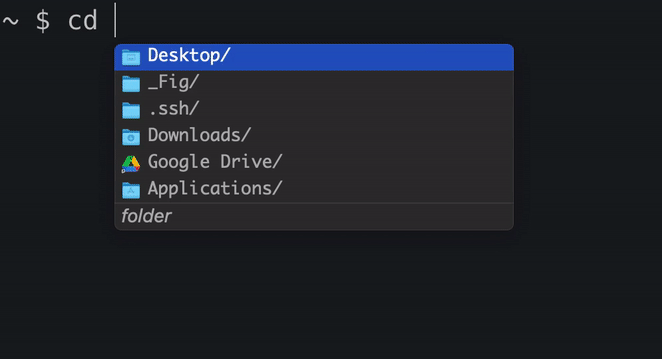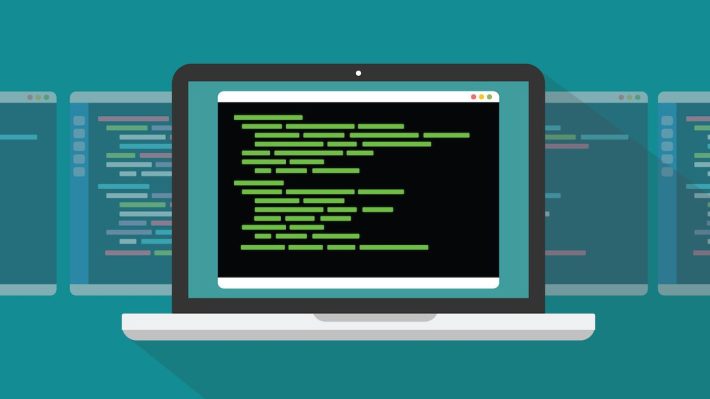Amazon has acquired Fig, a Y Combinator (YC) alum that has been setting out to turbo-charge the command line terminal.
In a blog post published yesterday, CEO and co-founder Brendan Falk said that Amazon was acquiring Fig’s technology, while its employees — including two co-founders — would be joining Amazon’s cloud subsidiary AWS.
Terms of the deal were not disclosed.
Founded out of San Francisco in 2020, Fig had raised a little north of $2 million in funding, which means that Amazon is unlikely to have broken the bank for the startup. The company does count a swath of big-name backers, though, including YC, General Catalyst, Datadog CEO Olivier Pomel, Eventbrite founder Kevin Hartz and ex-GitHub CTO Jason Warner.
Commanding
Fig offers tools such as “autocomplete,” which provides customizable suggestions and descriptions of the next action a developer might want to take as they’re typing a command. It’s all about saving time and avoiding repetitive keystrokes.

Fig Autocomplete. Image Credits: Fig
In a world where slick, graphical user interfaces (GUI) rule the roost, the command line interface (CLI) remains a popular conduit for developers who prefer to communicate with their operating system via text-based commands. The CLI can be more flexible and quicker to use (for those who know the commands), while it also consumes fewer system resources.
And that, essentially, is the market Fig has been seeking to serve, bringing features familiar to those using an integrated development environment (IDE) into the CLI sphere.
The company offers a basic free tier aimed at hobbyists and small teams, with additional paid plans replete with premium features for larger businesses and enterprises. However, as a result of this acquisition, Fig said that it’s making all the paid features completely free for existing users.
The generative AI game
So… what business might Amazon have in buying Fig? Well, according to Falk, it’s all about combining their respective expertise to “enhance the developer experience.” More specifically, though, it seems that the burgeoning generative AI revolution might have something to do with Amazon’s interest in Fig.
At its core, Fig helps reduce developers’ grunt work through helpful suggestions. It’s not too dissimilar to something like GitHub’s Copilot, while Google has also launched a Copilot competitor and Facebook’s parent Meta has developed a Copilot-like tool which its employees are using internally.
Fig isn’t quite at the scale of Copilot yet, but AWS has made its generative AI ambitions fairly clear. Moreover, AWS too launched an AI pair-programmer called CodeWhisperer back in June, so acqui-hiring the good folks at Fig will go some way toward helping it keep apace with its cloud rivals.
“AWS believes that generative AI represents a major technological shift to transform the way its customers build, and we are beyond excited to be a part of that larger vision,” Falk said.
What’s also notable here is that Fig claimed thousands of users from dozens of big-name organizations, including Google, Microsoft and Amazon itself. So it’s possible that Amazon’s engineers had brought Fig to the attention of the powers-that-be, perhaps even prompting its M&A unit into action before its rivals.
Moving forward, Fig said that “existing” users will still be able to use Fig and receive support, though it won’t be accepting new signups for now while Amazon addresses “some needs identified to integrate Fig with AWS.”
Longer term, it’s not clear what ramifications this will have for developers and engineers working with other cloud providers.
“There aren’t any updates to share at this time on future plans, but we continue to stay hard at work innovating on behalf of developers, specifically in the terminal/shell,” Falk wrote in his blog post.
TechCrunch has reached out to Amazon for clarity on what this acquisition means, and will update if — or when — we hear back.
